LED prices
bus_driver
10 years ago
Related Stories

LIGHTINGThe Lowdown on High-Efficiency LED Lighting
Learn about LED tapes, ropes, pucks and more to create a flexible and energy-efficient lighting design that looks great
Full Story
LIGHTINGWhat to Know About Switching to LED Lightbulbs
If you’ve been thinking about changing over to LEDs but aren't sure how to do it and which to buy, this story is for you
Full Story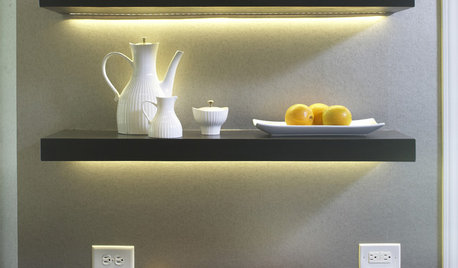
KITCHEN DESIGN12 Ways to Light Your Kitchen With LEDs
See how to use new energy-saving lights to illuminate your kitchen, light a countertop and add style, too
Full Story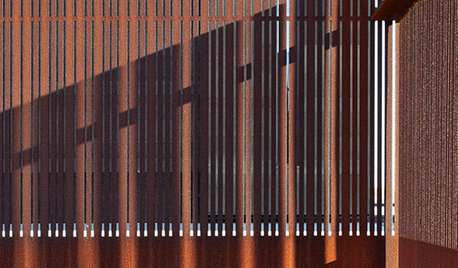
ARCHITECTUREDesign Workshop: 10 Reasons to Put Craft Into Modern Architecture
Technology has led us to expect perfection, but handcrafted details can provide something even better
Full Story
TINY HOUSESAdventure Seekers Hit the Road in a Cozy School Bus Home
Wood floors, butcher block countertops, custom furnishings and LED lights make life on the road feel like just another stylish day at home
Full Story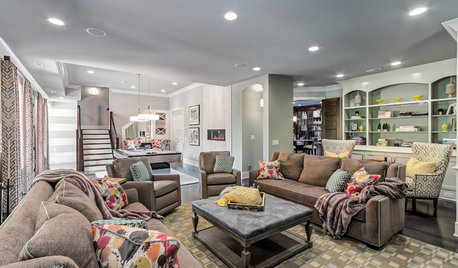
BASEMENTSBasement of the Week: Luxurious and Lovely in Tennessee
Bright artwork led to this walk-out’s restful, neutral palette, but the generous amenities are the real soothers here
Full Story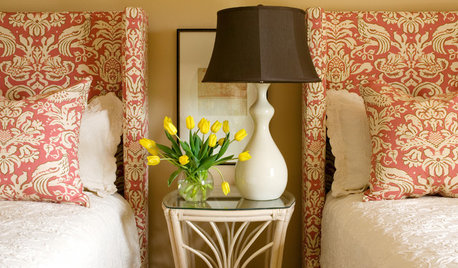
MATERIALSTextile Textbook: The Joy of Jacquards
Here’s how a 19th-century invention led to a wealth of textile patterns for your home
Full Story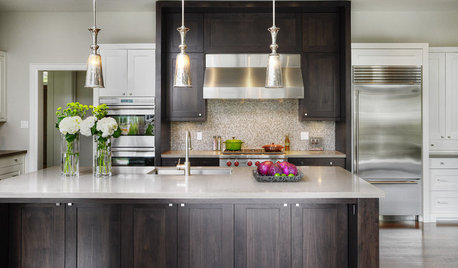
WORKING WITH PROSWhat to Know About Working With a Custom Cabinetmaker
Learn the benefits of going custom, along with possible projects, cabinetmakers’ pricing structures and more
Full Story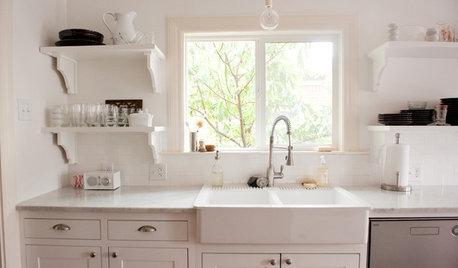
KITCHEN DESIGNKitchen Sinks: Easy-Clean, Surprisingly Affordable Ceramic
You get a lot for the price with ceramic sinks, and they're available everywhere. See the pros and cons here
Full Story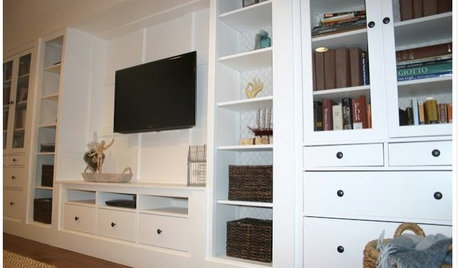
DIY PROJECTSHow to Create Your Own Semicustom Media Wall
Don’t let the price of a custom built-in stop you. Put one together with ready-made pieces and a little finish help
Full Story





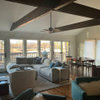
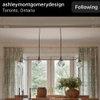
ionized_gw
bus_driverOriginal Author
Related Professionals
West University Place Lighting · Arcadia Lighting · Jefferson Valley-Yorktown Lighting · Columbia Furniture & Accessories · Springdale Furniture & Accessories · Appleton Interior Designers & Decorators · East Hanover Interior Designers & Decorators · Hagerstown Interior Designers & Decorators · Adrian Decks, Patios & Outdoor Enclosures · Cincinnati Decks, Patios & Outdoor Enclosures · Conroe Decks, Patios & Outdoor Enclosures · Grandview Decks, Patios & Outdoor Enclosures · Lebanon Decks, Patios & Outdoor Enclosures · Glendale Decks, Patios & Outdoor Enclosures · Eustis Decks, Patios & Outdoor Enclosuresrobertz6
bus_driverOriginal Author
David
bus_driverOriginal Author
David
adrianjuaneli
rococogurl
David
Michael
bus_driverOriginal Author
Michael
David
ionized_gw
rococogurl
Michael
JXBrown (Sunset 24, N San Diego County)
schicksal
Peke
bus_driverOriginal Author
ionized_gw
rococogurl
robertz6
ionized_gw
bus_driverOriginal Author
ionized_gw
Michael1001
lee676
ionized_gw
lee676
ionized_gw
bus_driverOriginal Author
ionized_gw
bus_driverOriginal Author
ionized_gw
bus_driverOriginal Author
lee676
BrianKing
RichardAnderson